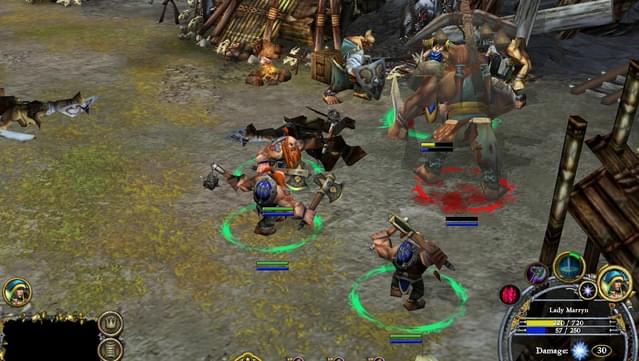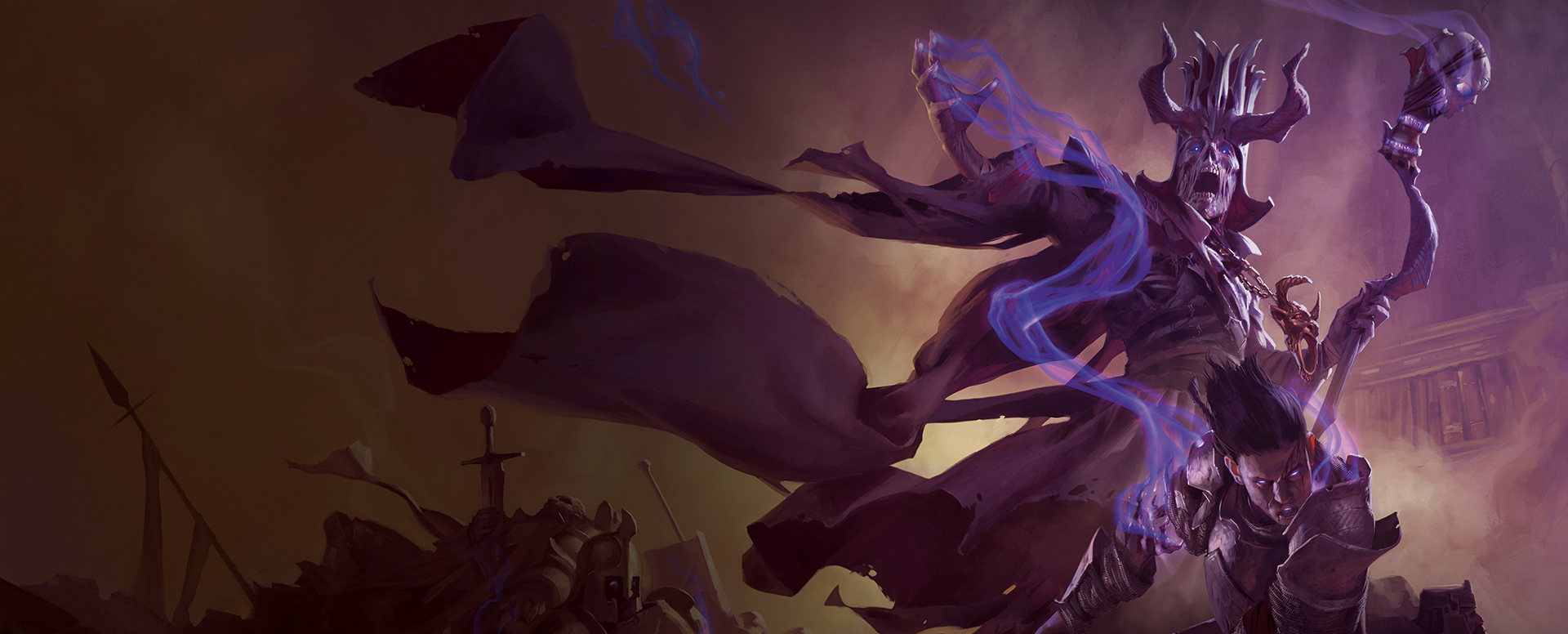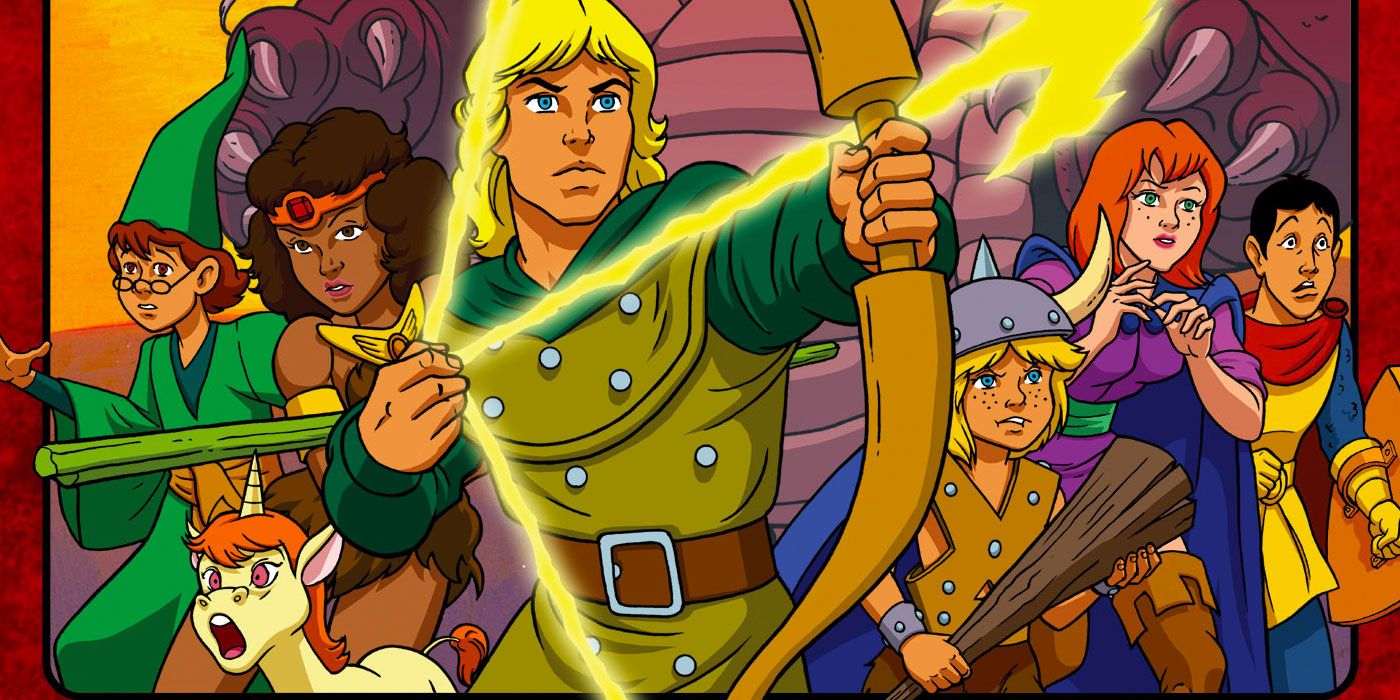

In 1982, Irving Pulling, a kid who played in a school-supervised D&D campaign, committed suicide.

Dear later clarified - in his 1984 book The Dungeon Master - that he had never believed the game had anything to do with Egbert's suicide, which he linked to his chronic depression and family issues. The book Mazes and Monsters (1981) and the 1982 film adaptation, starring Tom Hanks, made the case famous. The press published Dear's theory and when Egbert committed suicide in 1980 - successfully completing his third attempt - Dungeons & Dragons took the blame. His family hired private investigator Michael Dear, who theorized that Egbert's involvement in the game contributed to his disappearance. This ended in 1979, when 16 year-old James Dallas Egbert III disappeared in the steam tunnels of his school, where he and his friends often went to play D&D. RELATED: Dungeons & Dragons: The Importance of Player Agency James Dallas Egbert III & Irving Pullingįor approximately five years, D&D was a word-of-mouth phenomenon among students. By the '80s, there were a TV and radio in every house with a televangelical preacher on the local station.ĭue to a series of tragic suicides and increasing fervor about D&D's exploration of magic and mysticism, the game became a focal point for people who feared Satanism was corrupting their children. The '70s were also marred by a series of high profile murders and serial killings that were loosely connected to supernatural cults and rumored to have been influenced by the devil itself.Īt the same time, politically-minded, right-wing Christians organized to defend what they considered proper values, following two key Civil Rights rulings: public school desegregation in 1970 and Roe v.

The '60s and '70s were a time of spiritual exploration that popularized two fringe religions: Wicca and Satanism, both of which worried Christian America. Of course, the fear surrounding the game only increased its popularity. Despite its mostly positive intentions, paranoia around Satanism and witchcraft created a public panic about D&D that lasted throughout the '80s and part of the '90s.

Tolkien to allow players to run campaigns as magical characters. The fantasy game, which encourages free play and imagination, pulled elements from strategic war games and the work of J.R.R. Dungeons & Dragons, the first commercially-available roleplay game, was created by Gary Gygax and Dave Arneson and published in 1974.


 0 kommentar(er)
0 kommentar(er)
